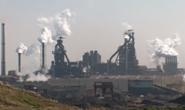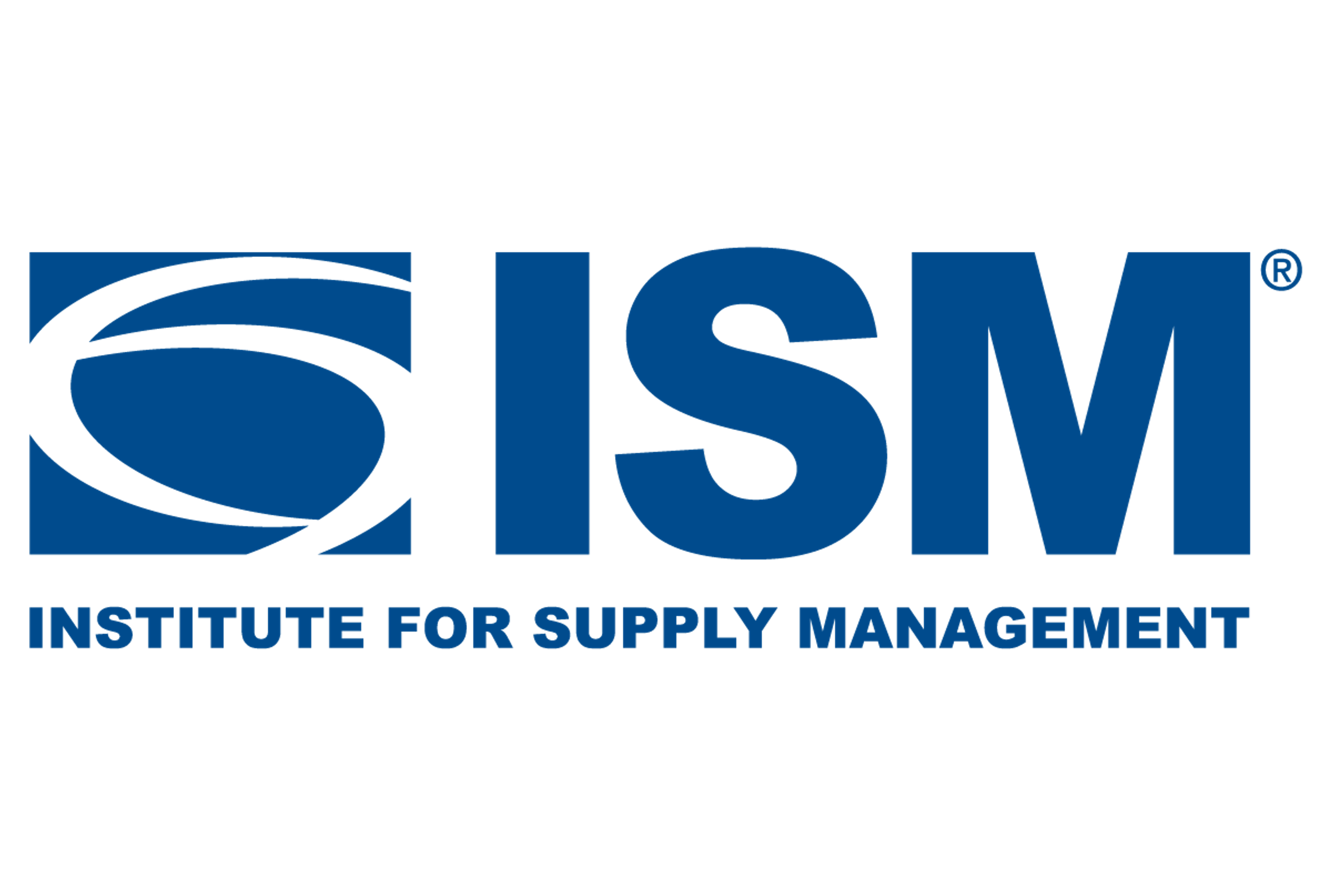Market Data

October 3, 2016
Virgin Atlantic and LanzaTech Turning Steel Mill Emissions into Jet Fuel
Written by Sandy Williams
Virgin Atlantic and LanzaTech are experimenting with a new jet fuel made from waste industrial gases from steel mills. Lanzanol, a low carbon ethanol fuel is derived via a fermentation process from carbon monoxide gases produced during steel manufacturing.
The alcohol-to-jet process was developed in collaboration with the Pacific Northwest National Lab (PNNL) with support from the U.S. Department of Energy and the financial backing of HSBC. The first 1500 gallons were produced in China at the RSB (Roundtable of Sustainable Biomaterials) certified Shougang demonstration facility. So far the testing has been promising and an initial analysis suggests the fuel will result in carbon savings of 65 percent compared to conventional jet fuel.
The LanzaTech captures waste carbon monoxide gas from steel production and ferments it to create ethanol. One gallon of ethanol is converted to produce one half gallon of aviation fuel. LanzaTech estimates that 1/3 of the carbon monoxide that steel facilities would otherwise release into the atmosphere can be captured and recycled. The process, says LanzaTech, could be retrofitted to approximately 65 percent of the world’s steel mills to produce 30 billion gallons of ethanol annually for conversion to 15 billion gallons of jet fuel. That amount represents 19 percent of the 80 billion gallons of fuel used by aviation worldwide.
LanzaTech and Virgin Atlantic will work with Boeing and others to complete testing before the fuel can be approved for use in commercial flights. A “proving flight” is anticipated for 2017 that will, hopefully, pave the way for a LanzaTech to fund and build a commercial fuel plant in the United Kingdom.
“This is a real game changer for aviation and could significantly reduce the industry’s reliance on oil within our lifetime,” said Sir Richard Branson, Virgin Atlantic founder. “Virgin Atlantic was the first commercial airline to test a bio-fuel flight and continues to be a leader in sustainable aviation.”
Dr. Jennifer Holmgren, Chief Executive of LanzaTech, said:
“We can now truly imagine a world where a steel mill can not only produce the steel for the components of the plane but also recycle its gases to produce the fuel that powers the aircraft. This program illustrates that such breakthroughs are only possible through collaboration. In this case, it is governments (US DOE, FAA, DARPA), laboratories (PNNL, AFRL, SWRI, MTU, UDRI), NGOs (RSB) and industry (Virgin, HSBC, Boeing, Shougang, Airlines for America) coming together to disrupt our current global carbon trajectory.”






